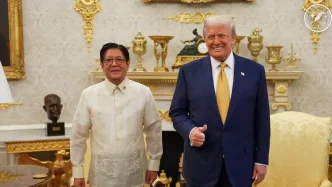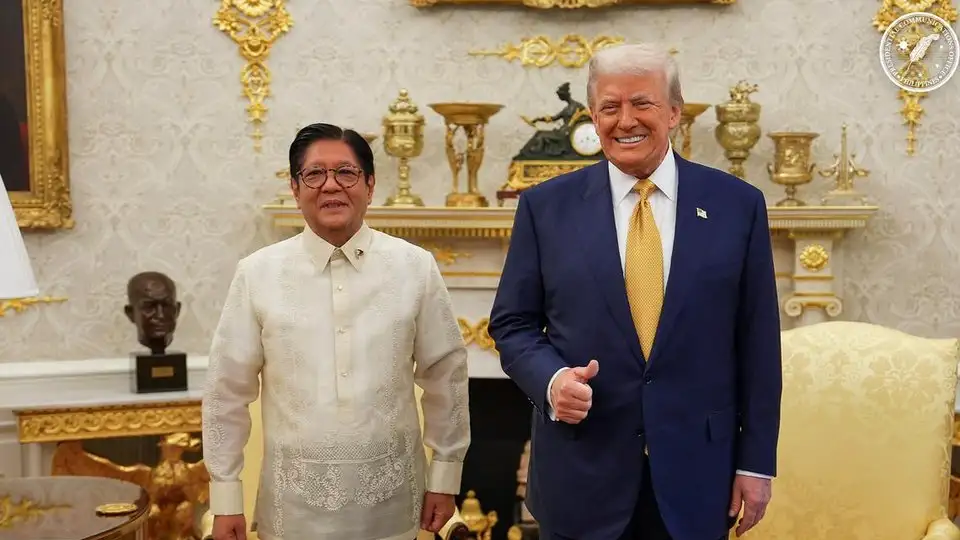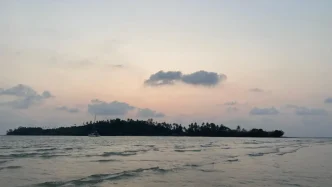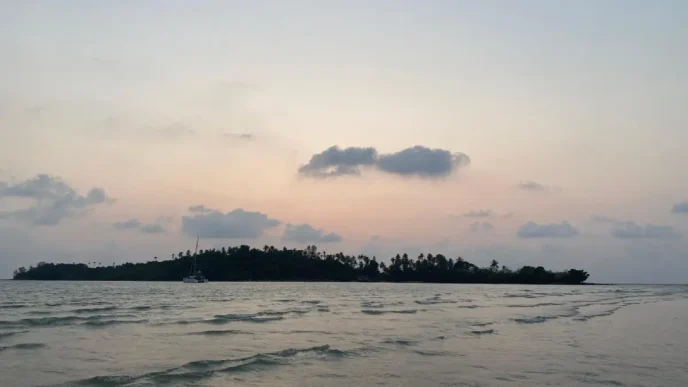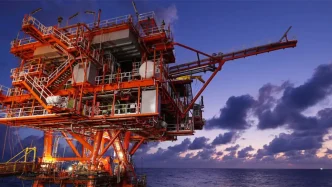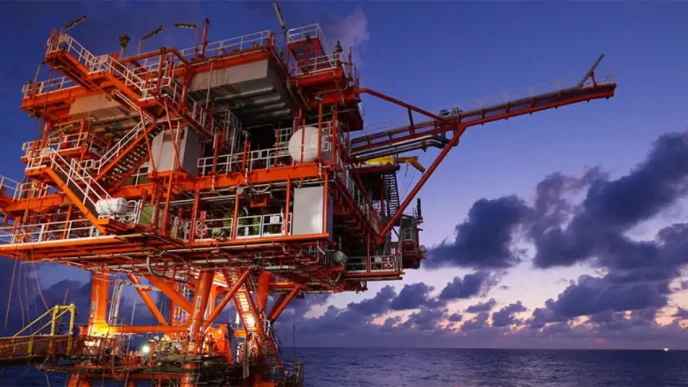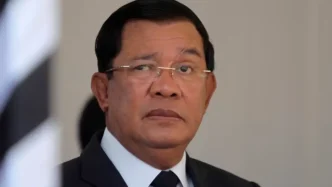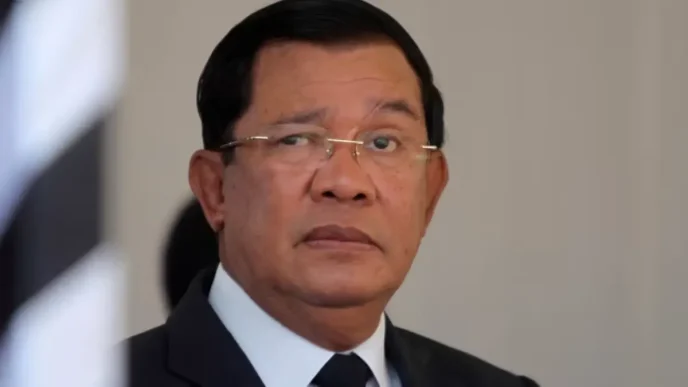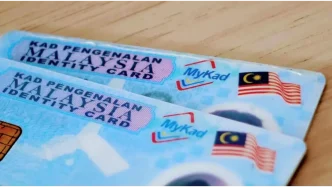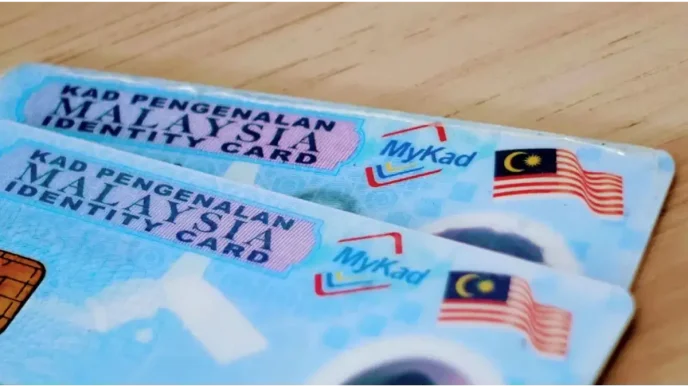In a bid to transform diplomatic goodwill into economic progress, Philippine President Ferdinand Marcos Jr traveled to Washington on July 20, 2025, to meet with US President Donald Trump. The outcome, however, fell short of Manila’s aspirations. Instead of a sweeping trade deal, Marcos returned with a modest 1 percentage point reduction in tariffs on Philippine exports to the US—from 20% to 19%—while agreeing to eliminate tariffs on key American goods, including automobiles. This lopsided arrangement, coupled with reaffirmed defense ties, underscores the delicate balance the Philippines must strike between economic needs and strategic priorities amid rising tensions in the South China Sea.
A Disappointing Economic Outcome
The tariff reduction, announced by Trump on his Truth Social platform on July 22, 2025, was a far cry from the ambitious free trade agreement or comprehensive economic partnership that Philippine negotiators had initially sought. The new rate of 19% remains higher than the 17% Trump had floated in April 2025, highlighting Manila’s limited leverage in negotiations with a US administration known for its transactional approach. In return for this minor concession, the Philippines committed to opening up protected sectors, including car imports, and to increasing purchases of American products such as soya beans, wheat, and medication.
Marcos attempted to frame the agreement as a step toward affordability for Filipinos, emphasizing access to essential goods at lower costs. Speaking to reporters in Washington on July 22, 2025, he acknowledged the incremental nature of the deal, stating, “When we arrived in Washington, tariff rates were 20 percent. So why they came up from 17 percent to 20 percent is an internal matter with the United States government.” Yet, analysts argue that the outcome reflects a strategic compromise rather than a victory for Manila. Compared to Southeast Asian neighbors like Vietnam and Indonesia, which have secured more significant tariff reductions from the Trump administration, the Philippines appears to have settled for less.
Dr. Aries Arugay, a visiting senior fellow at the ISEAS – Yusof Ishak Institute in Singapore and chairman of the University of the Philippines political science department, described the deal as underwhelming. In an interview with a regional news outlet on July 23, 2025, he noted that the Philippines is “worse off than the original” position, pointing to the asymmetry in concessions. This sentiment is echoed by other experts who suggest that Manila’s economic goals were sidelined in favor of preserving broader bilateral ties.
Strategic Priorities Over Economic Wins
While the economic gains were limited, the visit succeeded in reinforcing the longstanding defense alliance between the Philippines and the United States—a critical objective for Marcos amid escalating disputes with China over the South China Sea. During their joint press conference on July 22, 2025, Trump refrained from pressing Manila to increase defense spending, a demand he has made of other allies. Instead, both leaders expressed support for a US-funded ammunition production and logistics hub in Subic, a former American military base northwest of Manila, as part of efforts to bolster the US posture in the Indo-Pacific region.
Marcos positioned the Subic project as a component of his administration’s “self-reliant defense program” aimed at modernizing the Armed Forces of the Philippines and reducing reliance on foreign suppliers. Dr. Arugay highlighted the dual implications of such initiatives, noting on July 23, 2025, that while they aid Philippine military modernization, they also “really reinforce American presence in the country” through agreements like the Enhanced Defense Cooperation Agreement (EDCA). Under EDCA, the US has access to nine Philippine military bases, an expansion from five that Marcos approved in 2023.
Georgi Engelbrecht, a senior analyst for the Philippines at the International Crisis Group, suggested that Manila’s acceptance of a modest economic deal may have been driven by the need to maintain close ties with Washington. In comments to a regional publication on July 23, 2025, he speculated that the Marcos administration prioritized keeping “Trump close to us” accepting limited gains to avoid straining the alliance. Engelbrecht downplayed concerns about the Subic facility escalating tensions with China, emphasizing that Philippine control over such bases ensures Marcos retains the final say on US activities.
Financial Support and Regional Implications
Beyond defense cooperation, the US offered some financial assistance to soften the impact of the uneven trade deal. On July 23, 2025, US Secretary of State Marco Rubio announced US$60 million (~S$76 million) in foreign assistance funding to support energy, maritime, and economic growth programs in the Philippines. Additionally, the State Department plans to collaborate with Congress to allocate US$15 million for investments and job creation along the Luzon Economic Corridor, a trilateral initiative with Japan launched in April 2024 to enhance infrastructure and connectivity across Manila and surrounding provinces.
While these funds provide a small boost, they do little to offset the perception of an imbalanced agreement. Trump’s praise for Marcos as a “strong negotiator” during their joint press conference was tempered by a quip that the Philippine president was “negotiating too tough” hinting at withheld concessions. For Washington, the deal aligns with broader strategic goals in the Indo-Pacific, where rivalry with China remains a driving factor. For Manila, however, the outcome raises questions about over-reliance on the US as a primary economic and security partner.
Looking Beyond the US Alliance
The limited success of Marcos’ Washington visit underscores the need for the Philippines to diversify its economic and strategic partnerships. Engelbrecht urged Manila to “hedge and diversify” citing Indonesia’s recent trade agreement with the European Union as a model. Dr. Arugay concurred, stressing that the Marcos administration “should not put all its strategic economic and security eggs in the US basket” and must seek new markets to bolster resilience.
This call for diversification comes at a critical juncture. As tensions persist in the South China Sea, the Philippines must balance its treaty alliance with the US against domestic economic pressures. Marcos’ trip, while symbolically significant as the first Southeast Asian leader to meet Trump at the White House since his re-election in 2024, did not deliver the transformative economic breakthrough Manila had hoped for. Instead, it highlighted the constraints of negotiating with a partner whose priorities often diverge from those of smaller allies.
A Path Forward
The Philippine-US relationship remains a cornerstone of Manila’s foreign policy, particularly in the realm of defense. The reaffirmed commitment to military cooperation, including the Subic ammunition hub, signals continuity in the alliance even as economic outcomes disappoint. Yet, the asymmetry of the recent deal serves as a reminder of the challenges smaller nations face when engaging with global powers on unequal footing.
As Marcos navigates these complexities, the focus may shift to cultivating alternative partnerships across Asia and Europe to reduce dependence on any single ally. For now, the Philippines must make the most of the modest gains secured in Washington while addressing domestic expectations for tangible economic progress. Whether this strategic compromise will yield long-term benefits in an increasingly volatile region remains an open question.

